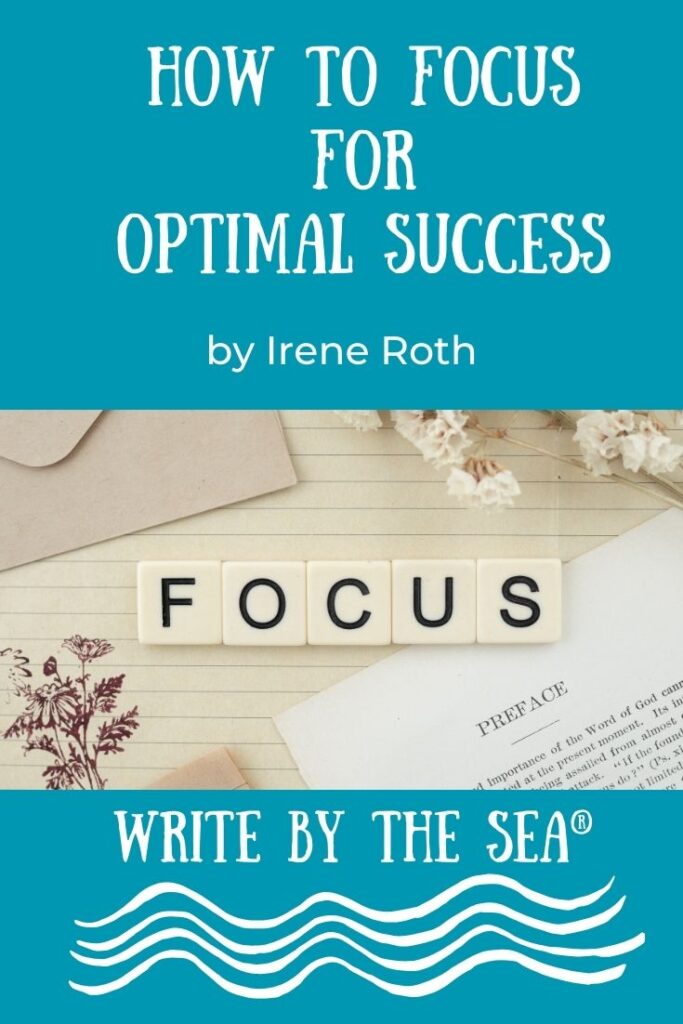
We all realize that it’s easier and faster simply to write down a quick telling sentence about what is happening in a story or scene.
But taking a few extra minutes to make sure our words show what’s going on instead of just telling about it is time well spent—not to mention much more interesting for our readers!
Don’t tell me the moon is shining; show me the glint of light on broken glass. ~Anton Chekhov
A More Memorable and Imaginative Experience
Chekhov’s advice is spot on, and it gives readers a chance to visualize the setting or scene in their own minds, resulting in a much more memorable and imaginative experience.
But is it really feasible to turn every single sentence into a memorable experience for our readers?
No, of course there will always be a time and place for stating the obvious and moving on.
But showing is always the best alternative when possible.
Tips for Showing Instead of Telling
So, what are some good ways to show instead of tell?
Visualize your setting, conversation, or scene.
Involve your five senses.


What do you hear, see, smell, etc.?
Describe, then cut your words down to the minimum, keeping the relevant and discarding the overdone.
Look at a photo of what you’re trying to recount.
Paint the picture with your words.
Again, describe and cut.
I’m a very visual writer, so having something in front of me helps tremendously.
Use strong adjectives and verbs.
Cut the repetitive and weak (think about the word good).
Vivid imagery is the key, so limp, dull verbs and feeble adjectives need to go.
As mentioned, sometimes stating the obvious is okay, but a light hand with similes and metaphors can be just what you need to take a sentence or scene up-level.
However, watch out for clichés.


Think in terms of screen writing
Screenwriters employ many techniques to set mood, tone, and characterization and move from scene to scene.
Strong dialogue plays a major part, as does compelling action.
Again, visualization is the key.
Play the scene in your head or listen to what your character is saying and get it down on paper.
Take Your Writing Up-Level
Yes, it takes extra time to show instead of tell, but your writing will reflect the effort you put forth.
The craft of writing is an art, and just like everything else, it takes practice, thought, and lots of revision!
So, dig deep, experiment, and find the best words for the job and take your descriptions, scenes, setting, or characterization to the next level.
And remember, as Anton Chekhov recommended, give your readers the ‘glint of light on broken glass.’
You’ll be glad you did—and so will they!
About Amy O’Quinn


She is a member of SCBWI. You can find out more about Amy at amyoquinn.com.





